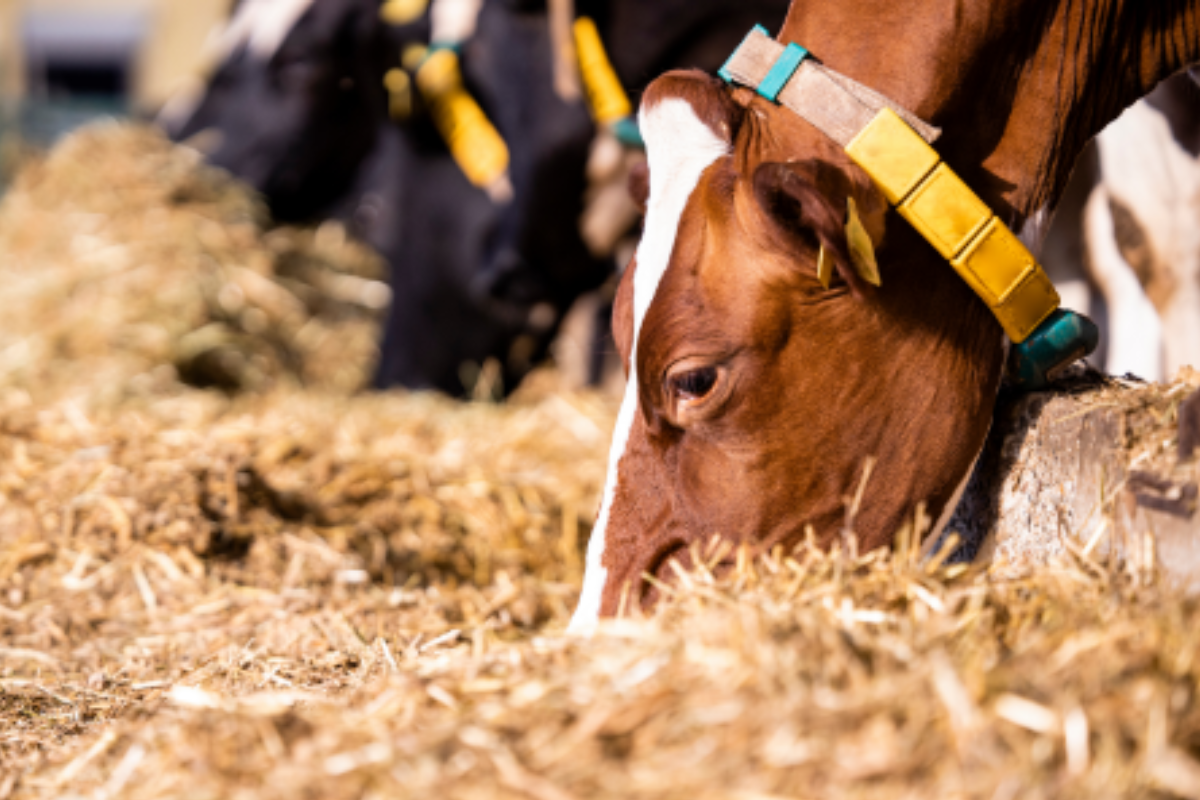Healthy Piglets are Not Guaranteed! Feeding Reduces Suckling Piglet Losses.
The first hours of a piglet’s life are crucial. This is because antibodies are not transferred from the mother to the fetus during gestation. When something goes wrong, suckling piglet losses can increase rapidly. And then what?
More than two-thirds of suckling piglets losses occur in the first four days of life.
70% of newborn suckling piglet losses occur in the first four days of life. Of these, 45% are crushed by the sow and nearly 20% die because they do not receive a sufficient amount of milk. Piglets are born without glucose reserves – but they need a lot of energy within a short period of time. As a result, their bodies try to mobilize energy from muscle and the liver. But the escape reflex suffers in this process, which increases the danger of being crushed by the sow. Scientific studies have shown that 50% of crushed piglets are already impaired. Providing assistance during birth can significantly reduce piglet mortality.
The causes for suckling piglet losses are multifactorial and can be divided into two categories:
Infectious (viral and bacterial pathogens)
Non-infectious
According to animal nutritionists, this problem can be alleviated with the proper support.
Colostrum is vital for the first day of life.
Colostrum is essential for newborn piglets. This is because immunoglobulins from the sow cannot be transferred to the fetus during gestation. Colostrum intake has a huge influence on suckling piglet mortality. For example, ingesting less than 200 g of colostrum within the first 24 hours can lead to a suckling piglet mortality rate of more than 30%. Newborns with a lower colostrum intake within the first 24 hours also gain less weight. This tendency continues beyond the suckling phase up to the 42nd day of life. The quality of colostrum changes within 12 hours after birth and a reduction of immunoglobulins has been observed. Also, the piglet's intestinal barrier only remains open for absorption of essential antibodies for a similarly short period of time. After that, it closes permanently. Time is another decisive factor here.

Figure1: Deficits in colostrum intake increase the mortality rate and diminish weight gain.
Insufficient colostrum levels. Now what?
The formation of colostrum begins around the 90th day of gestation and is available to the newborn piglet for approx. 24 hours after birth. An insufficient supply of colostrum can have various causes:
A lower colostrum quality or quantity from the sow
Insufficient space for the piglet at the udder, hypothermia or generally limited vitality
Another challenge for farmers is the ever-increasing litter size. It is not uncommon for birth weights to be below one kilo. The sows' vaccination used to improve immunization for the piglet can only take effect after a successful colostrum intake. Appropriate management measures can ensure a better colostrum supply. However, if the number of live-born piglets exceeds a certain level, a supplement becomes necessary.
The course is set early.
In the past, the focus was mainly on optimizing sow feeding in order to positively influence piglet vitality. Targeted feeding at the end of gestation can have a positive influence on colostrum quality and quantity.
Colostrum is characterized by a high nutrient density, immunoglobulins, antimicrobial proteins and growth factors. The IgG transfer from blood into milk starts about ten days before birth and reaches the maximum on the day of farrowing. Several different studies show the effects of certain feed additives on colostrum quality. For example, mannan oligosaccharides, conjugated linoleic acids, vitamin E and selenium have been shown to increase IgG and IgA levels in the blood.
Improved maternal care lowers the suckling piglet’s mortality rate. A decrease in the number of stillborn piglets and reduced mortality was observed in a trial with high-performing Danish sows (Fig. 1). Supplementing with BioPlus® YC (1.3 x 10 9 CFU/kg) seven days before farrowing until the end of lactation was evaluated and compared to standard feed.

Figure 2: BioPlus® YC reduces the number of stillborn piglets and lowers the mortality rate.
The perfect start.
Here are the main causes of suckling piglet losses:
Lack of immunity, due to insufficient colostrum intake
Reduced intestinal health due to early contact with pathogens
Lack of energy due to insufficient milk intake in the first days of life
Bacterial pathogens such as E. coli (high morbidity and mortality) and Clostridium perfringens type A and C (high morbidity and mortality) present a high risk for the sterile intestines of newborn piglets.

Figure 3: Piglet Protector® reduces suckling piglet loss.
The application of immune-stimulating and intestinal flora-stabilizing ingredients supplemented by highly available energy sources, optimally supports piglets in the first hours of life. Supplementary feeds like Piglet Protector® demonstrate a significant reduction in suckling piglet mortality (Fig. 2), compared with animals that were not additionally treated.
Coordinated concepts using feed additives and supplementary feeds are important components of a successful strategy for reducing suckling piglet mortality.
Conclusion: suckling piglet losses—more relevant than ever.
With 1.8 million sows in Germany and 35 live-born piglets per sow/year, 1% fewer suckling piglet losses would add up to 630,000 more piglets weaned. This is a huge number, not only from an ethical point of view, but also in terms of economy. The care of newborn piglets, especially in the first hours and days after birth, is a decisive factor. Especially when it comes to the healthy, vital and successful growth of the animals. These first hours of life are important for every newborn. Paying special attention to newborn piglets results in better rearing performance for successful, performance-oriented pig breeds. This is reflected in lower mortality rates and higher daily weight gains.
Please contact our experts if you would like to learn more about this topic. Additional articles focusing on Piglet Protector®, our probiotic and prebiotic concepts as well as feed and farm concepts for healthy piglet production can be found here:











